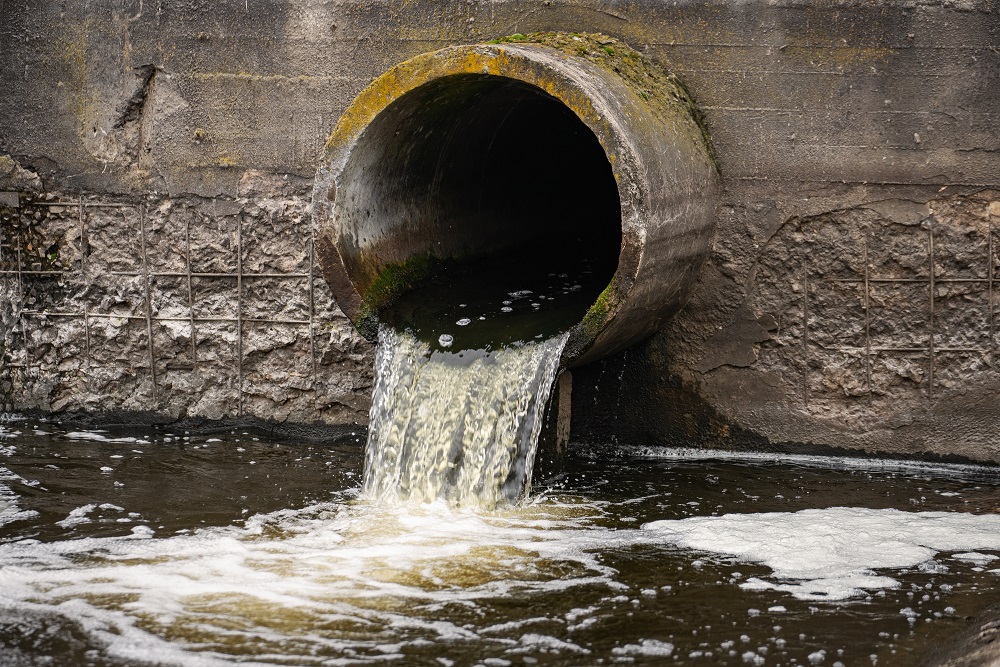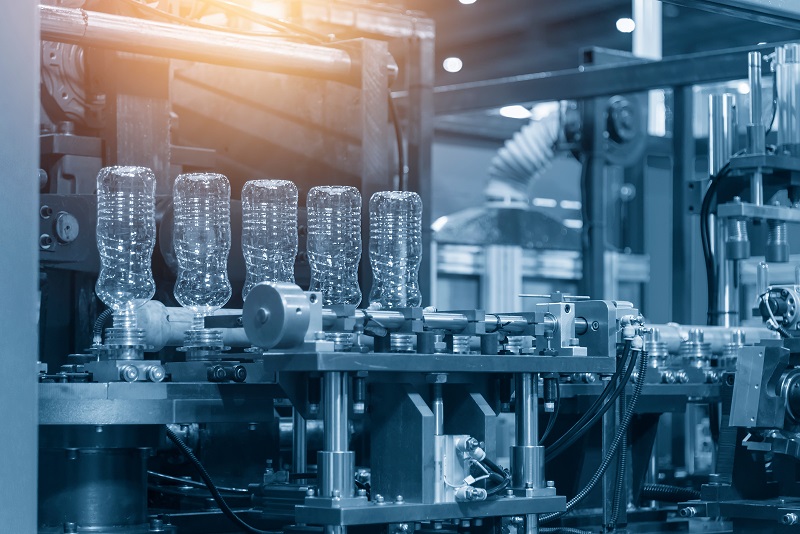

Back to Blue events
Other Ocean Events
Back to Blue will be participating in
the
following events:

Chemicals and our oceans: A gathering crisis
Chemicals are an essential part of modern life, embedded in everyday products ranging from food packaging to vehicles, consumer technology to medicine. They can improve our quality of life, increase economic productivity and keep us safe. But without proper governance, responsible design and production, and safe disposal or recycling, chemicals can harm our environment, whether through direct discharge from facilities, emissions, waste products or accidents. Chemical pollution has damaged marine biota, from polar bears to plankton, and from seagrasses to seahorses, and is destabilising entire marine ecosystems.



350,000
Chemicals registered for production and use



Chemicals are an essential part of modern life, embedded in everyday products ranging from food packaging to vehicles, consumer technology to medicine. They can improve our quality of life, increase economic productivity and keep us safe. But without proper governance, responsible design and production, and safe disposal or recycling, chemicals can harm our environment, whether through direct discharge from facilities, emissions, waste products or accidents. Chemical pollution has damaged marine biota, from polar bears to plankton, and from seagrasses to seahorses, and is destabilising entire marine ecosystems.



350,000
Chemicals registered for production and use



Source: The Second World Ocean Assessment, United Nations (2021); Ocean Pollutants Guide: Toxic Threats to Human Health and Marine Life, IPEN and the National Toxics Network (October 2018)
Chemical pollution emerges from many economic sectors, including mining, fashion, agriculture and manufacturing. Heavy metals like lead, manufactured chemicals like pesticides and radioactive waste, to name a few, all have a harmful impact on human life and ecosystems. The majority of chemical pollution starts on land from where it can work its way into rivers and oceans. Even plastic waste becomes chemical waste over time as it degrades and breaks down into tiny microplastics particles.
Estimated chemical pollutants emitted by human activities
Millions of tonnes released per year, approx.
*Mining wastes include overburden and tailings
†Carbon (all sources), e.g. chlorofluorocarbons, carbon tetrachloride
Source: Pure Earth and Green Cross Switzerland, 2016
Chemical pollution is a global problem
Chemical pollution is a global problem. In Europe, contamination is at “problem” levels—meaning there is documented evidence of undesirable disturbances to the marine ecosystem—across 96% of the Baltic Sea, 91% of the Black Sea, 87% of the Mediterranean Sea and 75% of the north-east Atlantic Ocean. Across the planet, there are thousands of documented toxic pollution sites for chemicals like lead, mercury, and arsenic, which are likely to be leaching into groundwater, rivers and oceans and plastic pollution is at its worst in Asia’s rivers and seas.
Ocean health is in danger across the planet, with Asia the most affected
Number of land-based sites contaminated with toxic chemicals
Arsenic
Mercury
Lead
Source: The Toxic Sites Identification Program (TSIP)
Dead zones—where the area has too little oxygen to support life—are now a global phenomena. They can be caused by human pollution, especially the entry of nutrients into the sea, as runoff from land or piped in as wastewater, which cause algae overgrowth.
Analysis of marine chemical pollution in the US Gulf of Mexico found that worsening dead zones would cost the US about US$838m a year in fisheries revenue. Taking measures to reduce them, on the other hand, would boost marine biodiversity and therefore increase revenue by more than US$117m.
Low-oxygen Dead Zones
Areas identified where water has too little oxygen to support life
Coastal
Open Ocean*














An analysis conducted by Economist Impact for Back to Blue, an initiative of Economist Impact and The Nippon Foundation.
*61μmol/kg of oxygen or less at 300 metres deep
Sources: Diaz and Rosenberg, 2008; Jacinto, GS, 2017; World Ocean Atlas 2018
Humans are all exposed to harmful chemicals through food and water, skin contact and respiration, and those on lower incomes and in socioeconomically deprived conditions, especially in developing economies, are more at risk. While the science is evolving and subject to debate, some research suggests that chemicals that are ingested or inhaled can disrupt hormonal, nervous and reproductive health in humans, and are linked to certain cancers and noncommunicable diseases affecting the cardiovascular and neurological systems.
IMPACT ON HUMAN HEALTH
Organ damage

Cancer

Body Functions

Source: Columbia University Mailman School of Public Health, Ludwig Maximilian University, and Hasselt University
The problem is set to worsen
Chemicals are so fundamental to modern life that production tends to grow faster than population growth in order to meet expanding needs. Based on the already high levels of pollution caused by the industry, this suggests the environmental impacts will worsen in future if we continue on a business-as-usual trajectory.
Population growth and the chemicals industry
A growth model by UNEP shows how per capita growth in population impacts chemicals production
Global chemical production
global population
Source: Global Chemicals Outlook II, UNEP (2019) (P63)
Structural changes in the chemicals industry could obstruct the transition to safer, cleaner production methods. One problem is that publicly listed companies have posted worsening shareholder returns in recent years as a result of falling return on invested capital, and a lowering of volume growth, due to the rising share of production in the Chinese market. This could limit their appetite or resources to invest in greener production methods that involve risk and upfront costs.
TOTAL SHAREHOLDER RETURNS
Compound annual growth rate, %
CHEMICALS
8.0%
6.9%
7.7%
-1.6%
MSCI WORLD INDEX
10.1%
9.4%
13.2%
8.6%
10 years
Jan 2010 - Dec 2019
5 years
Jan 2015 - Dec 2019
3 years
Jan 2017 - Dec 2019
2 years
Jan 2018 - Dec 2019
Source: Capital IQ
The second trend is a rising share of production in emerging economies where regulatory frameworks to manage environmental impacts tend to be weaker. A further shift is the movement of chemical production to state-owned, rather than commercial and private, companies. Improved environment, social and governance reporting is one instrument through which all industries are being assessed and pressured to improve environment performance, but state entities are not obliged to report on their environmental performance, leading to a lack of transparency about pollution levels, and an uneven playing field between private and public chemicals companies.
eastward shift
Chemicals industry shifts to Asia.
CHINA
JAPAN
REST OF ASIA
REST OF THE WORLD
Global chemical sales, projected
2019
2030
Source: Growth and Competitiveness, CEFIC (2020)
The innovation imperative
Green chemistry is a set of principles through which the use or generation of hazardous substances in the design, manufacture and application of chemical products is reduced or eliminated. This approach offers an opportunity to design high-performance products that are less toxic and less polluting. Partnerships between large chemicals companies and start-ups provide a critical pathway for innovation in green chemicals.
Partnerships between large chemicals companies and start-ups provide a critical pathway for innovation in green chemicals.
Green Chemistry
Green chemistry-marketed products
Conventionally Marketed products
Market share, 2019
Share of market growth, 2015-19
Source: Green Chemistry & Commerce Council
While the chemicals industry has been a major contributor to land, ocean and atmospheric pollution to date, it is also at the heart of the industries of tomorrow, including green mobility, advanced materials, solar technology, next-generation recycling and clean energy sectors including hydrogen.
Chemistry can accelerate the transition to net zero
Green Energy

CO₂ conversion

Advanced recycling

Next-generation energy storage

The chemicals industry has had a serious and global impact on ocean health to date
Tackling the chemicals pollution crisis requires system-level change, combining push and pull approaches to incentivise new production methods, more sustainable choices by consumers, and greater corporate responsibility by the chemicals sector—and all the industries that rely on it. This sector has done much to improve the quality of life around the world, but that progress must not be at the expense of the planet itself. More research and investment is urgently needed to quantify and understand the scale of chemical pollution and its impact on land and sea, and catalyse the ideas, business models and industry transformations needed to make chemistry an ally in the fight for a cleaner, better world.
Back to Blue is an initiative of Economist Impact and The Nippon Foundation
Back to Blue explores evidence-based approaches and solutions to the pressing issues faced by the ocean, to restoring ocean health and promoting sustainability. Sign up to our monthly Back to Blue newsletter to keep updated with the latest news, research and events from Back to Blue and Economist Impact.
The Economist Group is a global organisation and operates a strict privacy policy around the world.
Please see our privacy policy here.
THANK YOU
Thank you for your interest in Back to Blue, please feel free to explore our content.


 The scourge of untreated wastewater
The scourge of untreated wastewater Slowing
the chemical tide: safeguarding human and ocean health amid
chemical pollution
Slowing
the chemical tide: safeguarding human and ocean health amid
chemical pollution Hazardous chemicals in plastics - the discussions at INC
Hazardous chemicals in plastics - the discussions at INC





